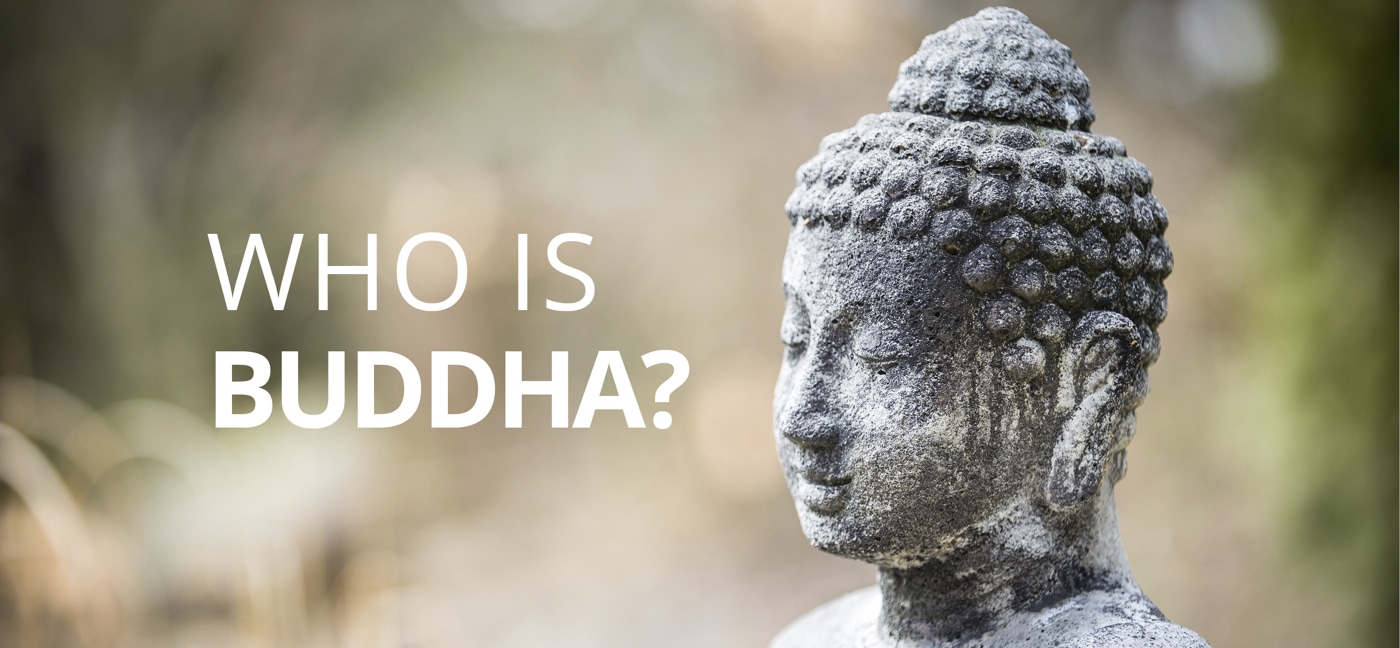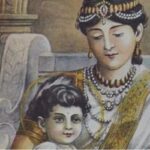Siddhartha Gautama, Buddha—’The Awakened One’

On an unknown date between the 6th to 4th centuries B.C. a son was born to a king and queen just below the Himalayan foothills somewhere between the Indian-Nepalese border. The infant was named Siddhartha Gautama, “Siddhartha” meaning “he who achieves his aim.” The infant’s mother, the queen, died within a week of her baby’s birth.
After the queen’s passing, the king desired predictions about his infant son’s future and was told by sages that the child would grow up to either be a king or a spiritual leader. The king wanted his Siddhartha to become a king. In order to ensure that would happen, he took great measures to protect him from the realities of the world by secluding him in a palace and showering him with worldly pleasures. Though Siddhartha lived a very naïve and sheltered life, he was trained in archery, swordsmanship, wrestling, swimming, running, and anything that would prepare him to become a strong, brave and noble king.
It is believed that Siddhartha married around the age of sixteen and continued to live a protected, secluded life for an additional thirteen years. He and his wife, whom he affectionately called Gopa, had one child, a son.
In his late 20’s everything changed for Siddhartha when he finally convinced his father to allow him to venture beyond the palace walls. It was then that he first encountered a very old man. The princes’ charioteer explained to him that all men grow old. This new information enticed the prince to learn more about the outside world and he continued to arrange trips beyond the palace. Before long he had encountered a diseased man, a decaying corpse, and an ascetic, one who practices extreme forms of self-discipline. Siddhartha’s charioteer explained to him each condition of life. The prince was overcome by his new awareness of suffering and death. That very night he left the palace, his wife, and his child and rode far away, cut his long hair with his sword and replaced his fine clothing with that of an ascetic.
For six years he practiced the ascetic discipline, denying himself the most basic of indulgences such as food and water nearly to the point of death. This he did in an effort to better understand human suffering and to discover the meaning of life. During this time, he also investigated beliefs of all kinds and immersed himself in meditation and study. He was so dedicated to the ascetic lifestyle that five other ascetics with whom he practiced became his devout followers. Despite his passionate commitment to seek for answers, Siddhartha was disappointed when he couldn’t find what he was looking for.
One day, a young girl offered him a bowl of rice and Siddhartha accepted. He ate the rice, drank water and bathed in the Nairanjana river. His actions disenchanted his five followers who promptly left him. From his experience as an ascetic, he learned that a balance should be sought instead of a life of extremism. This lifestyle he called the “middle way,” or the “middle path.”
Siddhartha, still determined to find life’s meaning and having exhausted all outside methods for the answers he sought, sat beneath the Bodhi tree and finally looked within himself. After many days of intense meditation, he discovered enlightenment and became Buddha, or “the one who is awake.” He had finally found that everything he had been looking for had always been present and was accessible to anyone. For many weeks he basked in the liberating tranquility of his sacred experience and did not attempt to tell anyone. He felt that what had happened could not be fully described through words. Legend has it that Brahma, the king of the gods, encouraged him to try to share what he had learned, and so he did.
He began to teach others what are known as the 4 Noble Truths and the Eightfold Path. He also shared three important realizations about reality 1) Everything is impermanent with the exception of Nirvana, which is a transcendent state free of suffering, desire and a sense of self. 2) The self doesn’t really exist. 3) Suffering results when people do not understand the first two realizations.
The 4 Noble Truths and the Eightfold Path:
- Suffering exists.
- Suffering exists because of craving.
- Suffering can be ended.
- The eight-fold path is the way to end suffering:
- Right understanding
- Right intention
- Right action
- Right speech
- Right livelihood
- Right concentration
- Right mindfulness
- Right effort
Siddhartha Gautama spent the remaining forty-five years of his life teaching the Dharma, the name given to his teachings, and spreading it throughout northern India. His powerful example and influence live on today and is still leading people to experience enlightenment throughout the world. Buddhism is a beneficial practice that can easily coincide with most religious beliefs.
Linda Clyde is a devoted wife, proud mama, and a lover of uplifting things. A few of her favorite things: lasagna, farm animals, t-shirts and jeans, babies, and notebooks—lots and lots of notebooks.
![]()



